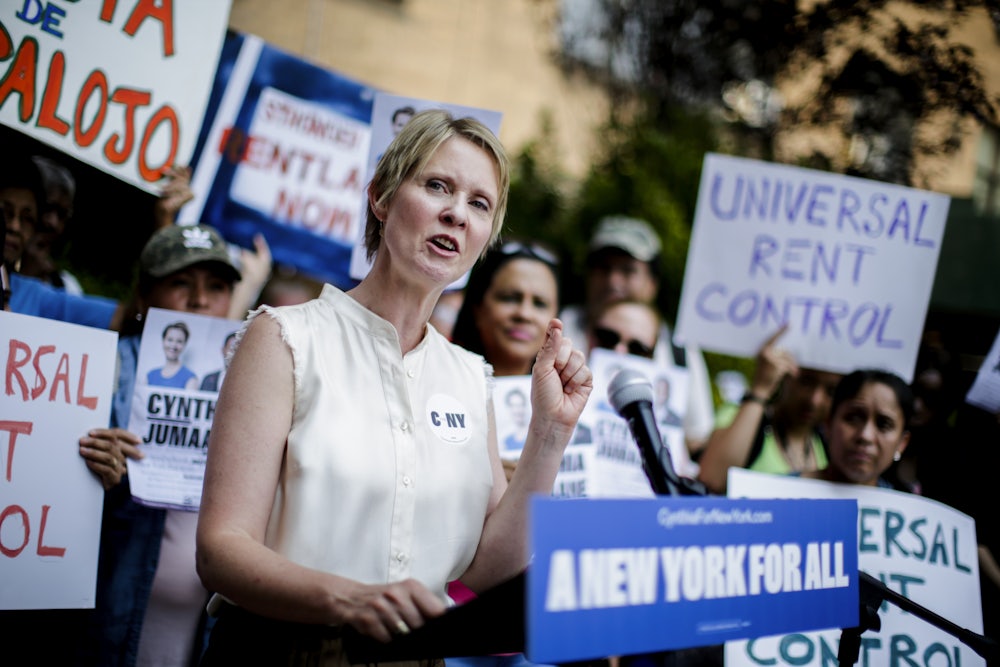Thursday night was disappointing for Cynthia Nixon, who was thoroughly trounced in the New York Democratic gubernatorial primaries by Andrew Cuomo, losing to a two-to-one margin of roughly 65 percent to 35 percent. Yet while politics is often about wins and losses, it’s also about the direction of policy and ideas. Nixon turned the race from being a cake-walk for Cuomo to one where he had to actually engage the voters, which drove up turnout massively and changed direction of political debate.
Nearly three times as many voters showed up to the polls in 2018 (1,455,028)as against the last gubernatorial primaries in 2014 (574,260). Because of the huge turnout, Nixon actually got 100,00 more votes this year than Cuomo got in the last primary he won in 2014. Facing a more competitive environment, Cuomo, as The Washington Post notes, moved to the left and “pursued liberal policies he had resisted earlier in his tenure, such as granting voting rights to parolees, embracing a softer line on marijuana and banning plastic shopping bags.”
Further, Nixon highlighted the need for progressive candidates to unseat the former members of the Independent Democratic Conference (IDC), a centrist faction within the Democratic Party. Here, the left challenge was more successful, with six of the eight onetime IDC members ousted by challengers.
Viewing the results as a whole, Matthew Yglesias of Vox.com tweeted:
Nixon, it should be said, really took one for the team here.
— Matthew Yglesias (@mattyglesias) September 14, 2018
No real politicians wanted to run a hopeless race, she stepped up, pushed Cuomo left on issues, shed light on the IDC situation and contributed meaningfully to their defeat.
Not bad work at all.
In her concession speech, Nixon talked as if she had triumphed. “We have changed what is expected of a Democratic candidate running in New York and what we can demand from our elected leaders,” the defeated candidate said. “Some have called this the ‘Cynthia effect.’ I call it what happens when we hold our leaders accountable.” Her boast might sound odd but it has the merit of being true.
